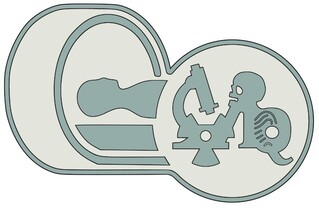The Potential of 3D Printing in the Medical Industry
In recent years, 3D printing technology has made significant advancements and is revolutionizing various industries, including healthcare. One of the most promising applications of 3D printing in the medical field is the production of custom medical devices, implants, and even human tissue. This technology has the potential to improve patient care, reduce costs, and revolutionize the way medical professionals diagnose and treat various conditions.
One of the key areas where 3D printing is making a significant impact is in the production of personalized medical devices. For example, doctors can now create custom implants for patients using 3D printing technology. This allows for a perfect fit and improved functionality compared to traditional off-the-shelf implants. This has the potential to revolutionize the treatment of conditions such as arthritis, joint replacements, and spinal injuries.
Additionally, 3D printing is also being used to create patient-specific surgical guides and instruments. Surgeons can now use 3D printed models of a patient’s anatomy to plan and practice complex surgeries before performing them on the patient. This not only improves the precision and accuracy of the surgery but also helps reduce operating time and the risk of complications.
Another exciting application of 3D printing in the medical industry is in the field of bioprinting. Researchers are using 3D printing technology to create living tissues, organs, and even blood vessels. This has the potential to revolutionize organ transplantation by creating custom-made organs that are perfectly matched to a patient’s body. It could also eliminate the need for donor organs and reduce the risk of rejection.
Furthermore, 3D printing is being used to create prosthetic limbs and other assistive devices for patients. These devices can be customized to fit the patient’s unique anatomy and improve their quality of life. Additionally, 3D printing technology is also being used to create models for medical education and training, allowing students and professionals to practice complex procedures in a realistic and risk-free environment.
In conclusion, the potential of 3D printing in the medical industry is vast and continues to grow. From personalized medical devices and implants to bioprinting and surgical guides, this technology is revolutionizing the way healthcare is delivered. As this technology continues to advance, we can expect even more groundbreaking applications that will improve patient care, reduce costs, and lead to better outcomes for patients around the world.
Keywords: targa de transport pacienti
For more information visit:
MEDEQTECH
https://www.medeqtech.com/
0040727210655
COMUNA DENTA, STR PRINCIPALA NR.823, JUD. TIMIS
Produse si echipamente funerare. Distribuitor autorizat de produse biocide TP22 pentru imbalsamare – tanatopraxie – taxidermie. Reprezentant Hygeco Romania – Hygeco Post Mortem Assistance – Institutul Francez de Tanatopraxie.
